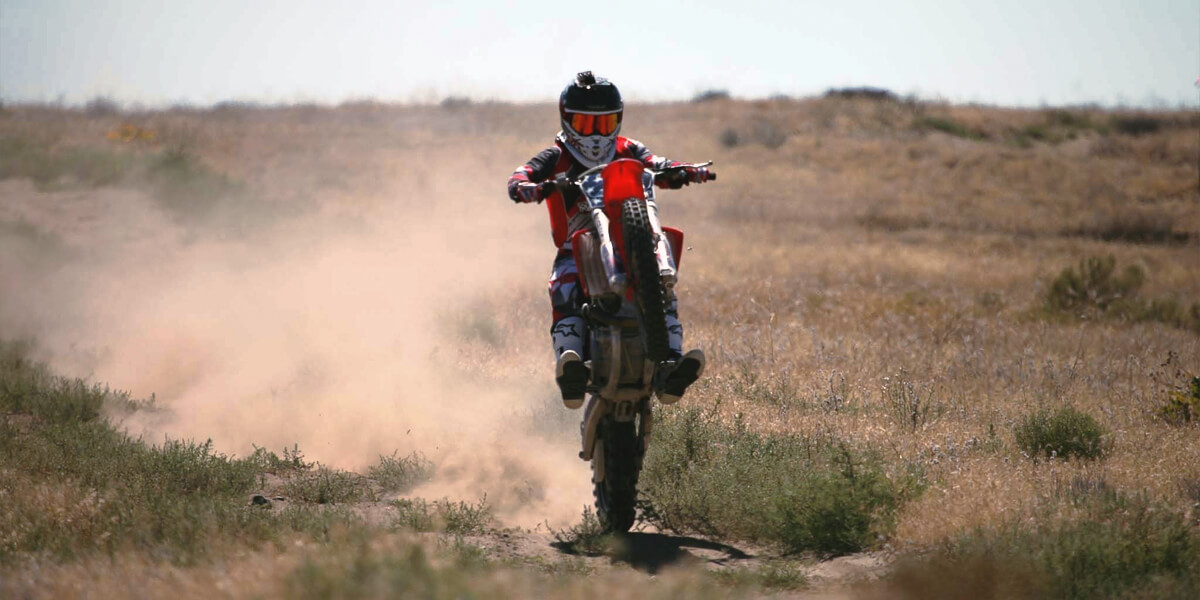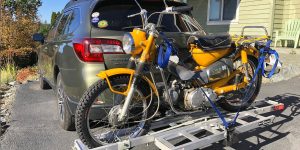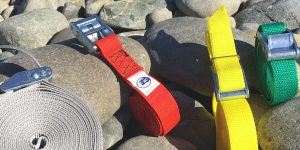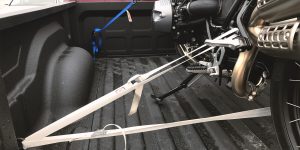Even if you are a beginner biker, you probably understand how important it is to learn how to tie down a dirt bike. Properly tying down a dirt bike not only guarantees its safety during transit but also enhances stability and minimizes the risk of damage.
In this article, I will delve into the secrets of tying down a dirt bike, providing you with essential tips and techniques to master this critical skill. Whether you’re planning a road trip to an exciting off-road destination or simply need to store your bike securely, understanding the correct methods of securing your dirt bike will give you peace of mind and protect your two-wheeled friend.
Essential equipment and tools
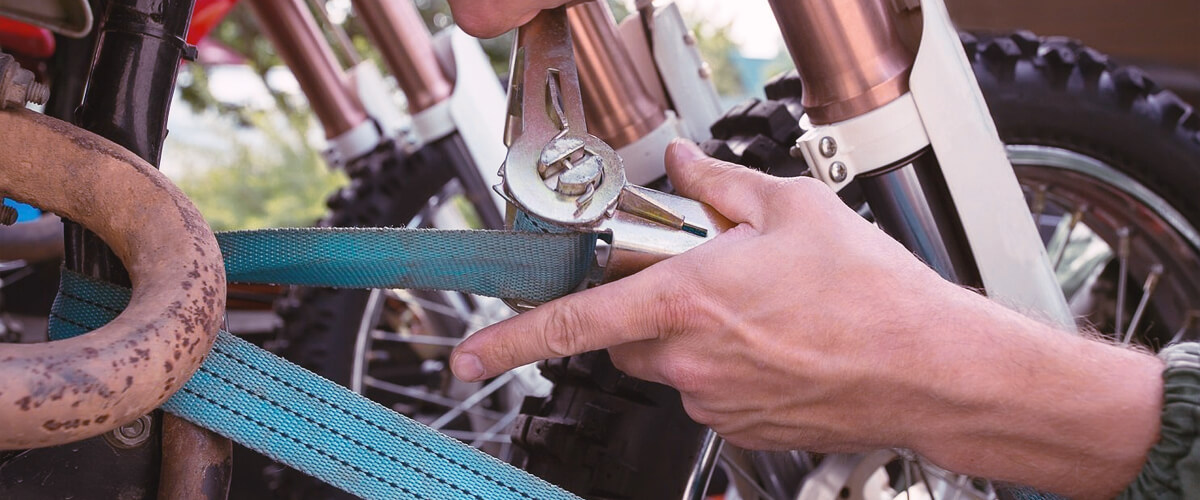
When it comes to tying down a motorcycle, having the right equipment and tools is important for ensuring a secure and reliable fastening. Let’s explore the essential items you’ll need to safely secure a dirt bike.
- High-quality tie-down straps. Invest in sturdy tie-down straps specifically designed for motorcycles. Look for straps with a high tensile strength and reliable buckles or ratchets to provide maximum security.
- Soft loops or soft ties. These are looped straps made from durable materials such as nylon or polyester. Soft loops protect your bike’s handlebars or frame from scratches and provide a secure anchor point for the tie-down straps.
- Anchoring points. Ensure you have suitable anchoring points on your trailer, truck bed, or storage area. These could include dedicated tie-down hooks or securely mounted D-rings for attaching your straps.
- Ratchets or cam buckles. These tightening mechanisms allow you to apply the necessary tension to secure the bike. Ratchets offer precise tensioning, while cam buckles are quick and easy to use.
- Protective padding. Consider using padding or foam sleeves to protect any areas of the bike that may come in contact with the straps, such as the handlebars or fork tubes.
Based on my experience, I can claim that using high-quality tie-down straps, soft loops, and other accessories not only ensures the safety of your dirt bike but also prevents any damage that could occur during transportation or storage. Invest in reliable equipment to provide a strong and stable connection between your bike and its securing points.
Securing the dirt bike
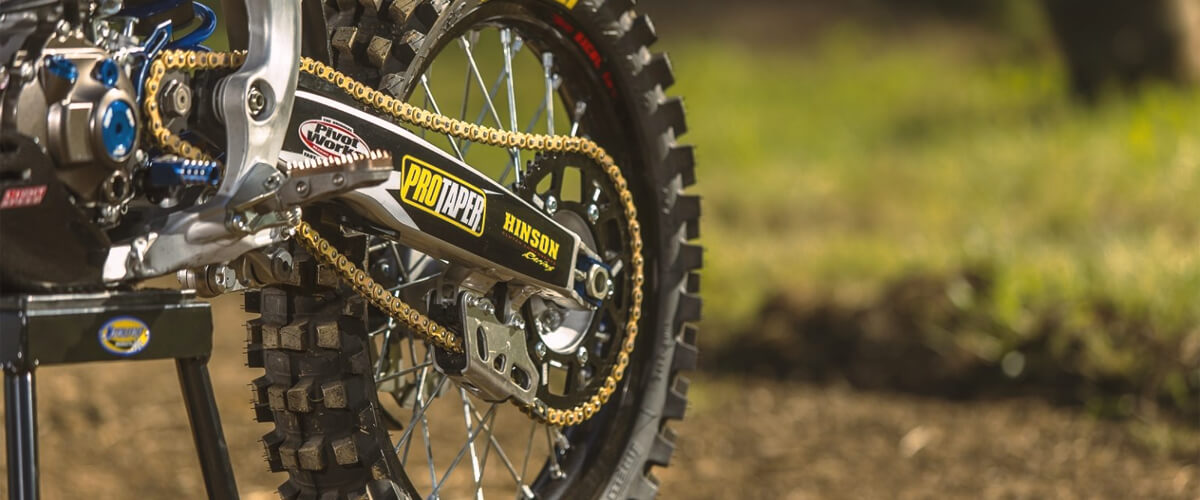
Attaching soft loops
Soft loops play a critical role in securely fastening your dirt bike. These loops, typically made from strong nylon or polyester, serve as anchor points for your tie-down straps. To attach them, find sturdy areas on your bike, such as the handlebars, frame, or footpegs, where you can wrap the loops tightly. Ensure the loops are snug and won’t slip or come loose during transport. By attaching the soft loops to robust points on the bike, you create a secure connection that minimizes movement and keeps your dirt bike in place.
Attaching tie-down straps
Using high-quality tie-down straps with sufficient weight capacity is important to safely tie down a dirt bike in a truck. Connect the hooks of the tie-down straps to the soft loops securely attached to your bike. Ensure the hooks are properly engaged, and there are no twists or tangles in the straps. When attaching the straps to your trailer or vehicle, locate suitable anchor points such as tie-down hooks or D-rings. Fasten the straps tightly, applying even tension on both sides to balance the load and provide stability.
Tensioning the straps
Proper tensioning of the tie-down straps is essential to securely strap down a dirt bike. Begin by tightening the straps evenly, maintaining a balanced tension on both sides of the bike. Avoid overtightening, as it can lead to excessive pressure on certain areas of the bike or cause damage. Strive for a firm, secure fit that prevents excessive movement without compressing the suspension too much. Regularly check the tension during transit or storage and make adjustments as needed to maintain a stable and secure connection.
Using additional support
For extra stability during transport or storage, consider using additional supports like wheel chocks or anti-recoil devices. Wheel chocks prevent your bike’s wheels from rolling, reducing the risk of movement. Anti-recoil devices, such as tensioning straps or straps with built-in anti-recoil mechanisms, help minimize forward and backward motion. These measures enhance stability and reduce the load on the tie-down straps, ensuring a more secure and damage-free transportation or storage experience.
Mastering the methods of properly strapping a motorcycle in a truck is important for ensuring its safety during transport. By investing in high-quality equipment such as tie-down straps, soft loops, and additional supports, you can secure your bike effectively and minimize the risk of damage

